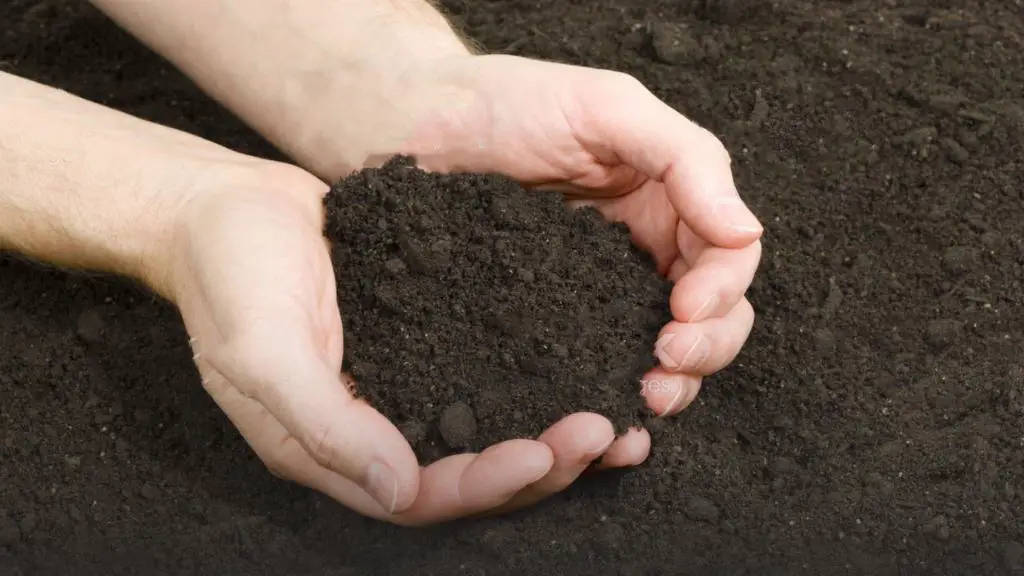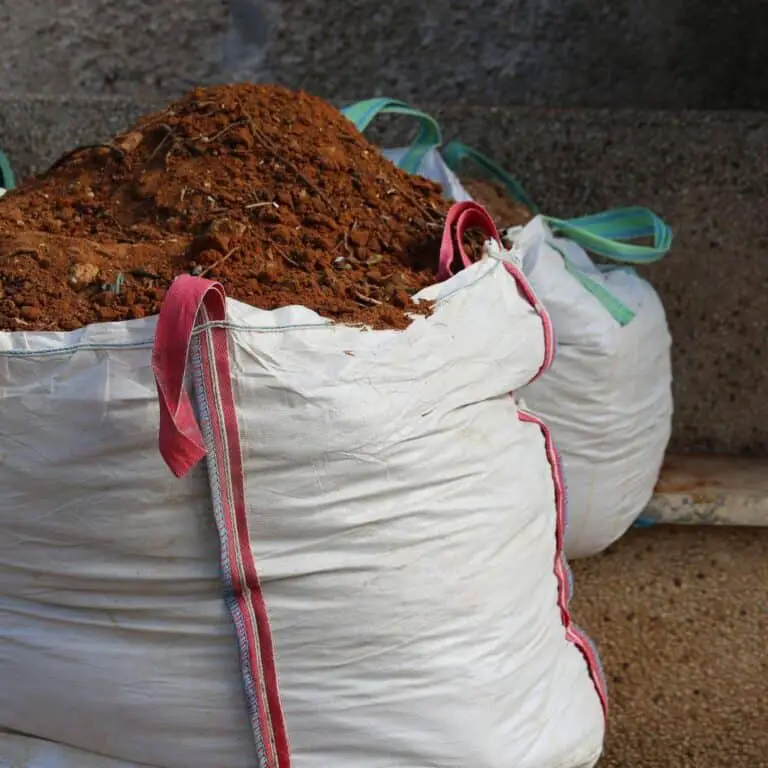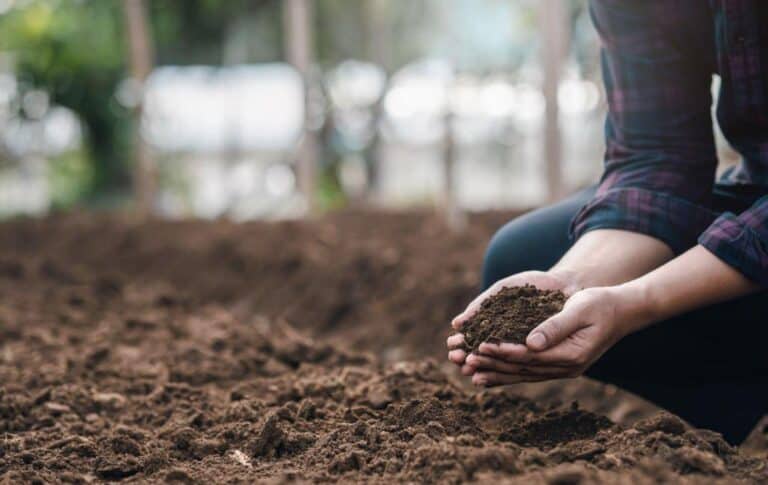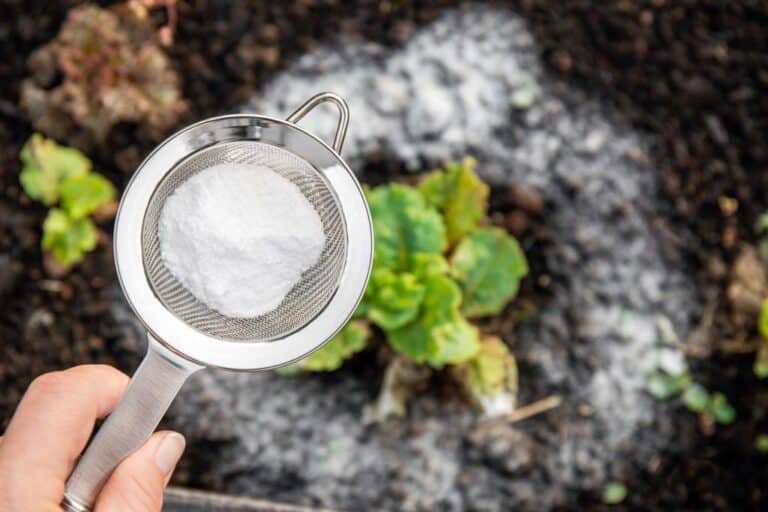Unveiling the Pros and Cons of Black Cotton Soil: A Comprehensive Guide

Embarking on a journey through the world of agriculture, we find ourselves treading upon a fascinating terrain – the enigmatic realm of black cotton soil. Like a puzzle waiting to be unraveled, this soil type has intrigued and confounded farmers and scientists alike. In this comprehensive guide, we delve into the pros and cons that define this dark-hued wonder, unearthing the secrets that lie beneath its surface.
Picture this: vast fields cloaked in soil of a striking ebony hue. A soil that cradles seeds with care, offering a unique blend of moisture retention and fertility. This very same soil, however, can pose challenges that demand strategic solutions.
As we navigate through the verdant landscapes, we’ll uncover the crops that thrive in this nurturing embrace, their roots delving into the rich depths. Yet, not all flora fare equally well in this environment, revealing the intricate dance between plant preferences and soil characteristics.
Buckle up as we embark on an exploration of the pros and cons of black cotton soil. From its ability to yield bountiful harvests to the careful considerations it demands, our journey promises to shed light on both the allure and the intricacies that make this soil a captivating subject of study.
Introduction to Black Cotton Soil
Black cotton soil, scientifically referred to as vertisol, derives its name from its color and texture. It’s dark in hue due to its high organic matter content, and it’s often found in regions with a distinct wet and dry climate pattern. This type of soil is known for its ability to undergo drastic volume changes in response to moisture fluctuations, making it a fascinating yet challenging soil to work with.
Black cotton soil, known for its unique properties, holds significance in both agriculture and construction. Let’s delve into the key aspects that make this soil type distinctive and explore its pros and cons.
- Black cotton soil also identifed to as regur soil, black cotton soil is a type of clayey soil characterized by its dark color and high clay content.
- This soil type is commonly found in regions with semi-arid to arid climates. Notably, it’s prevalent in parts of India, Africa, and the southwestern United States.
- Black cotton soil plays a pivotal role in agriculture due to its fertility and in construction due to its unique engineering challenges.
Characteristics of Black Cotton Soil

Understanding the characteristics of black cotton soil provides insight into its behavior and usability.
- High Clay Content: Black cotton soil contains a significant proportion of clay particles, giving it its characteristic cohesive nature.
- Seasonal Moisture Variations: This soil experiences extreme moisture variations throughout the year. It swells during the wet season and shrinks during dry periods.
- Shrinkage and Swelling: The expansive nature of black cotton soil results in shrinkage when dry and swelling when wet, causing structural challenges.
Pros of Black Cotton Soil
Let’s begin by exploring the positive aspects of black cotton soil:
1. High Fertility:
One of the standout features of black cotton soil is its exceptional fertility. Thanks to its organic content and nutrient-retentive properties, this soil can provide a nourishing environment for a variety of crops. Farmers often find that with proper management, black cotton soil can yield bountiful harvests.
2. Moisture Retention:
Black cotton soil’s unique ability to expand and contract plays a vital role in moisture retention. During the rainy season, it swells as it absorbs water, storing it for the drier months. This characteristic can be harnessed to reduce irrigation requirements and ensure consistent plant hydration.
3. Reduced Erosion:
The cohesive nature of black cotton soil when wet contributes to its erosion-resistant quality. This can be especially beneficial in areas prone to heavy rainfall and runoff. The soil’s structure helps prevent water from carrying away valuable topsoil and nutrients.
4. Natural Soil Aeration:
As black cotton soil contracts and cracks during dry periods, it naturally aerates the soil. These cracks allow air to penetrate the soil, promoting better root growth and enhancing overall soil structure.
5. Carbon Sequestration:
Black cotton soil’s high organic content aids in carbon sequestration, which plays a role in mitigating climate change. The soil acts as a carbon sink, helping to trap atmospheric carbon dioxide and store it in the ground.
Cons of Black Cotton Soil
While black cotton soil offers several benefits, it also presents some challenges:
1. Swelling and Shrinking:
The soil’s propensity for dramatic volume changes can be a double-edged sword. While moisture retention is an advantage, the soil’s tendency to swell when wet and shrink when dry can lead to cracks, damage structures, and disrupt plant root systems.
2. Difficult Tillage:
Working with black cotton soil can be physically demanding. Its compacted nature when dry and sticky consistency when wet make plowing and tilling quite challenging. Specialized equipment and techniques may be required for effective cultivation.
3. Slow Drainage:
While black cotton soil retains moisture admirably, it can suffer from slow drainage. Excess water can lead to waterlogging, affecting plant health and growth. Adequate drainage solutions need to be implemented to prevent this issue.
4. Nutrient Leaching:
The same swelling and shrinking properties that make black cotton soil fertile can also result in nutrient leaching. During heavy rain, the soil’s expansion can wash away essential nutrients, impacting crop health and yield.
Pros | Cons Table
To provide a clearer overview, here’s a concise table summarizing the pros and cons of black cotton soil:
| Pros of Black Cotton Soil | Cons of Black Cotton Soil |
| High fertility | Swelling and shrinking |
| Moisture retention | Difficult tillage |
| Reduced erosion | Slow drainage |
| Natural soil aeration | Nutrient leaching |
| Carbon sequestration |
Engineering Challenges with Black Cotton Soil in Construction
In the realm of construction, black cotton soil poses distinct challenges that engineers must address.
- Foundation Instability: Swelling and shrinking of the soil can lead to foundation instability, affecting the structural integrity of buildings.
- Load-Bearing Capacity: Soil structure changes due to moisture variations can impact a structure’s load-bearing capacity.
- Mitigation Strategies: Engineers implement strategies such as soil stabilization and proper foundation design to counter these challenges.
Strategies for Working with Black Cotton Soil
To effectively utilize black cotton soil, both in agriculture and construction, several strategies can be employed:
- Agricultural Techniques: Implement proper drainage systems to prevent waterlogging. Adopting crop rotation and selecting suitable crops can mitigate cultivation difficulties.
- Soil Stabilization: In construction, techniques like lime stabilization and mechanical stabilization can enhance the soil’s engineering properties.
- Foundation Design: Engineers must design foundations that account for the soil’s swelling and shrinking behavior, ensuring long-term stability.
Benefits of Black Cotton Soil in Construction
Black cotton soil, known for its fertility and challenges, also offers unique advantages in the construction field.
- Natural Moisture Regulation: One of the remarkable qualities of black cotton soil is its natural moisture regulation. It acts as a reservoir, retaining moisture during wet periods and releasing it during dry spells. This property significantly reduces the need for excessive irrigation, making it a favorable choice for sustainable construction projects.
- Thermal Insulation Properties: Black cotton soil exhibits excellent thermal insulation properties. This characteristic helps regulate indoor temperatures in buildings, providing energy efficiency benefits. Structures built with this soil can maintain comfortable temperatures, reducing the reliance on heating and cooling systems.
- Availability and Cost-effectiveness: Another benefit lies in the abundance and affordability of black cotton soil. In regions where this soil type is prevalent, construction projects can capitalize on its availability, potentially lowering costs associated with importing or transporting other construction materials.
Can Black Cotton Soil Be Used for Growing Any Crops?
Black cotton soil, with its unique properties, serves as an intriguing canvas for agricultural endeavors. This enigmatic soil type, renowned for its dark hue and moisture-retaining capacity, has captured the curiosity of many cultivators. In the realm of crop cultivation, the question arises: Can black cotton soil support the growth of various crops? The answer, while not universal, reveals a captivating insight into the soil’s potential.
Certain crops have found an ideal haven within the nutrient-rich embrace of black cotton soil. Cotton, a staple of textile production, flourishes in this environment, utilizing the soil’s moisture retention to develop into robust plants with abundant fiber. The soil’s unique composition also offers a nurturing abode for pulses, contributing to their growth and yield. These crops tap into the inherent fertility of black cotton soil, creating a harmonious synergy between plant and earth.
Yet, it’s essential to note that not all crops reap the same rewards from this soil type. While some plants revel in their attributes, others struggle to adapt to them. The soil’s moisture-retaining prowess, while advantageous for certain crops, may prove unfavorable for those preferring well-drained conditions. Therefore, a judicious selection of crops becomes paramount when harnessing the potential of black cotton soil.
Are There Any Crops That Thrive in Black Cotton Soil?
The captivating realm of black cotton soil unfolds a tapestry of thriving crops, each embracing its unique attributes to flourish in this fertile embrace. This enigmatic soil, known for its dark allure, boasts a rich reservoir of moisture retention and fertility, nurturing a diverse array of agricultural gems. Let’s delve into the verdant landscape of crops that find solace and prosperity within the nurturing arms of black cotton soil.
- Sorghum: The hardy and resilient sorghum plant thrives amidst the nutrient-rich composition of black cotton soil. Its deep roots delve into the soil’s depths, drawing sustenance from its mineral bounty, ultimately culminating in healthy and robust grains.
- Millets: These ancient grains, celebrated for their nutritional prowess, find a hospitable environment in black cotton soil. The soil’s fertility plays a pivotal role in nurturing millet plants, contributing to the development of nutritious and wholesome grains.
- Pigeon Pea: With its sprawling growth and nutrient requirements, pigeon pea aligns harmoniously with the attributes of black cotton soil. The soil’s moisture retention aids in sustaining this leguminous wonder, ensuring a steady supply of protein-rich pulses.
- Oilseeds: Certain oilseed crops, like groundnut and sunflower, unfurl their vibrant blossoms and yield precious oils under the nurturing gaze of black cotton soil. The soil’s fertility and moisture-holding capacity provide a nurturing foundation for the oilseed plants to thrive and produce their valuable harvest.
In the table below, a succinct summary of these crops’ compatibility with black cotton soil is presented:
| Crop | Characteristics | Thriving Factors |
| Cotton | Moisture-demanding, fiber-rich | High moisture retention |
| Sorghum | Hardy, resilient | Nutrient-rich composition |
| Millets | Nutrient-dense grains | Fertile soil |
| Pigeon Pea | Leguminous, protein-rich | Moisture retention |
| Oilseeds | Oil-rich seeds | Fertility, moisture balance |
Conclusion
In conclusion, the pros and cons of black cotton soil extend beyond agriculture and construction, encompassing environmental considerations and long-term sustainability. Harnessing its benefits while addressing its challenges through responsible management practices and technological integration can unlock its full potential for various applications.
Frequently Asked Questions (FAQs)
What challenges does black cotton soil pose for construction?
Black cotton soil’s swelling and shrinking behavior can lead to foundation instability and changes in load-bearing capacity.
How can waterlogging issues in agriculture be addressed with this soil?
Installing proper drainage systems and managing irrigation can help prevent waterlogging in black cotton soil.
Is black cotton soil suitable for building foundations?
While it presents challenges, with proper engineering techniques and foundation design, black cotton soil can be used for construction.
How can farmers improve drainage in black cotton soil?
Farmers can improve drainage in black cotton soil by incorporating organic matter to enhance soil structure, creating contour bunds or furrows to redirect excess water, and using proper tillage practices to prevent compaction.
What are the common problems faced when building on black cotton soil?
Common problems include foundation instability due to the soil’s swelling and shrinking, difficulty in excavation and compaction, and challenges in ensuring proper drainage.
Are there any eco-friendly ways to stabilize black cotton soil for construction?
Eco-friendly stabilization methods for black cotton soil include using lime, fly ash, or natural fibers to improve black cotton soil stability and reduce its swelling and shrinking tendencies.
Is black cotton soil suitable for all types of crops?
While black cotton soil is fertile, its moisture retention and swelling properties can make it unsuitable for water-sensitive crops. Careful crop selection and management are essential.
Are there any innovative methods to enhance the fertility of black cotton soil for sustainable agriculture?
Innovative methods include incorporating cover crops, green manure, and precision irrigation to enhance soil structure, nutrient content, and overall fertility, promoting sustainable agriculture practices.







